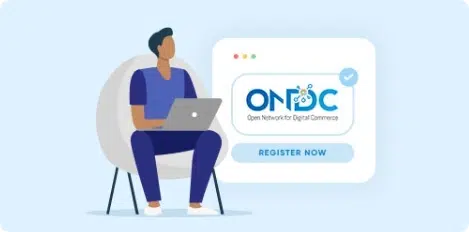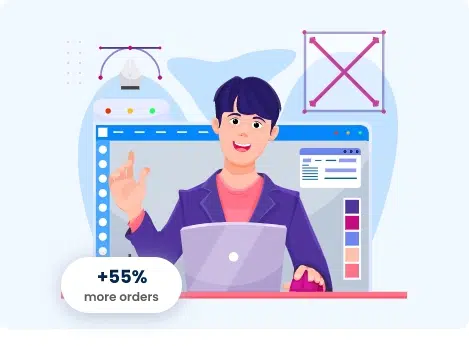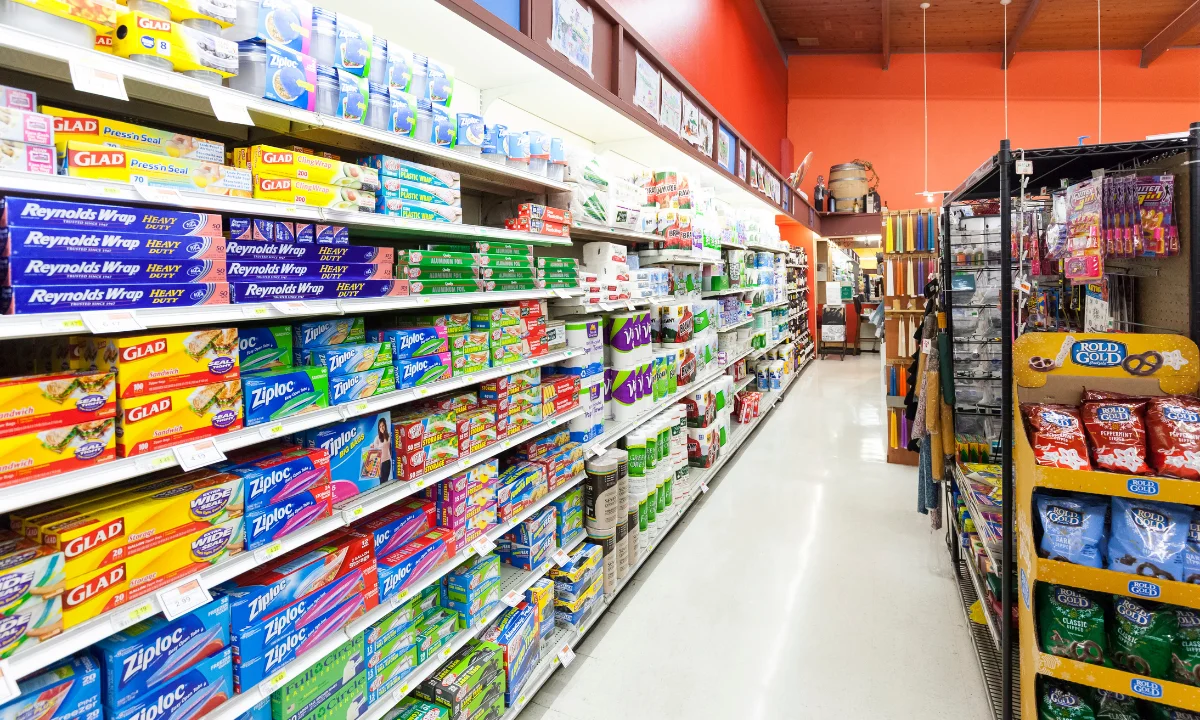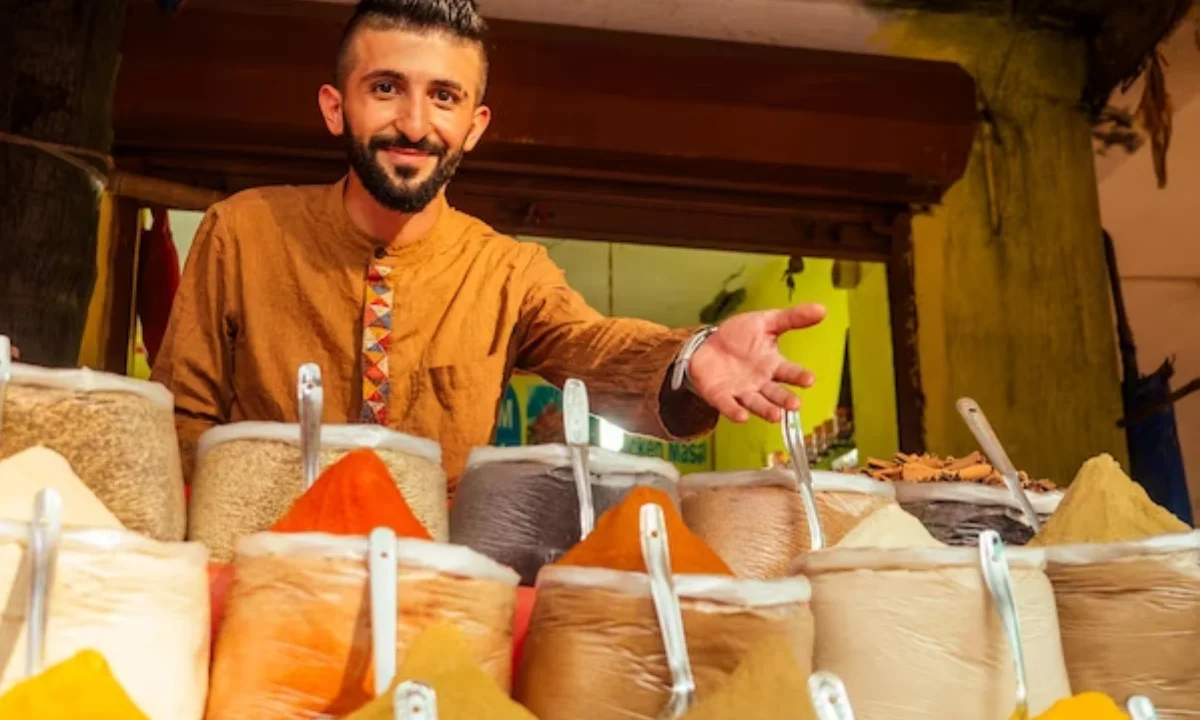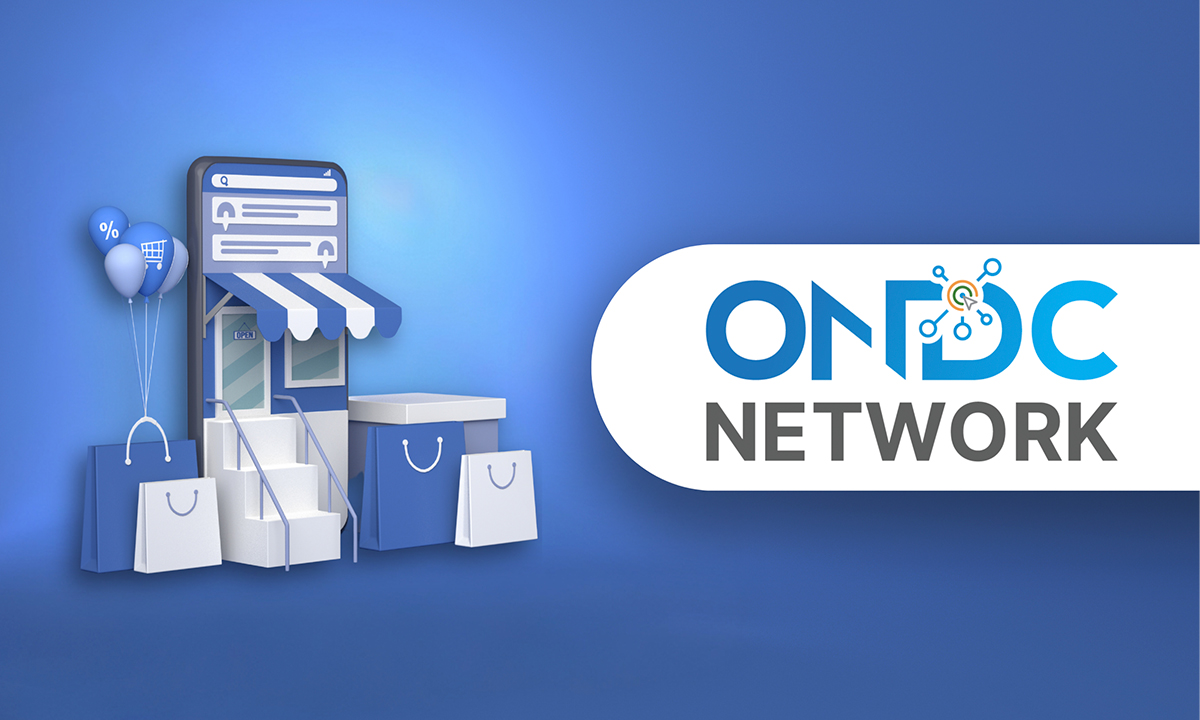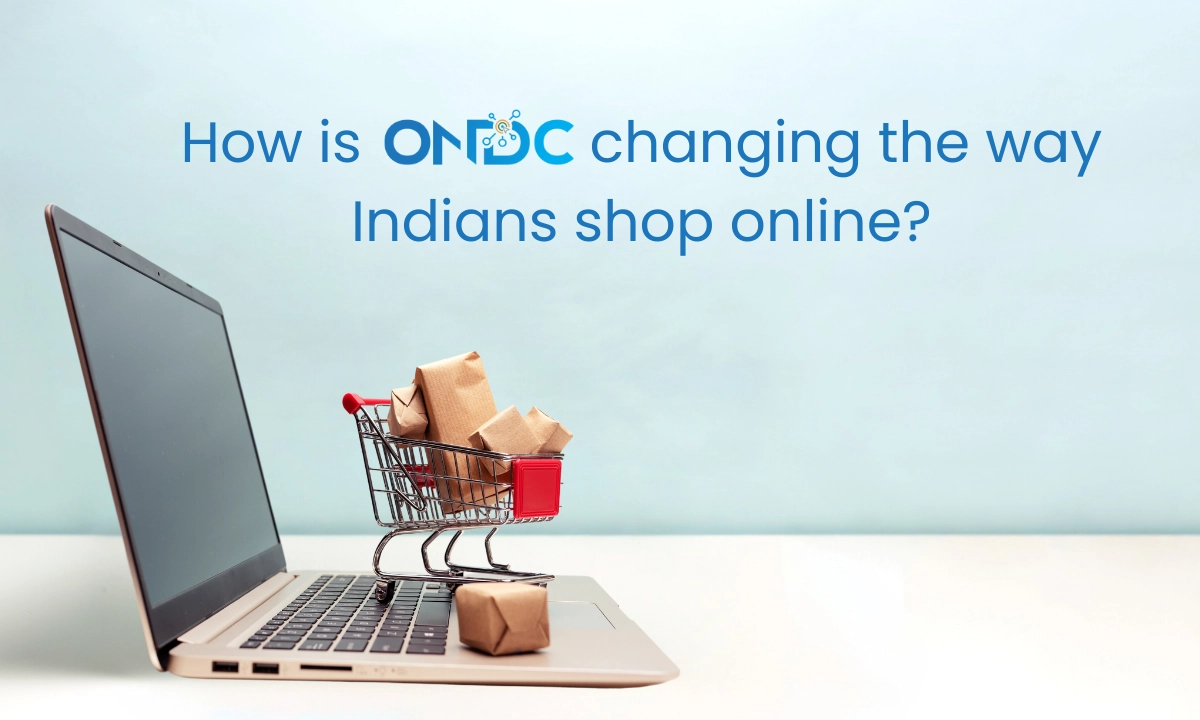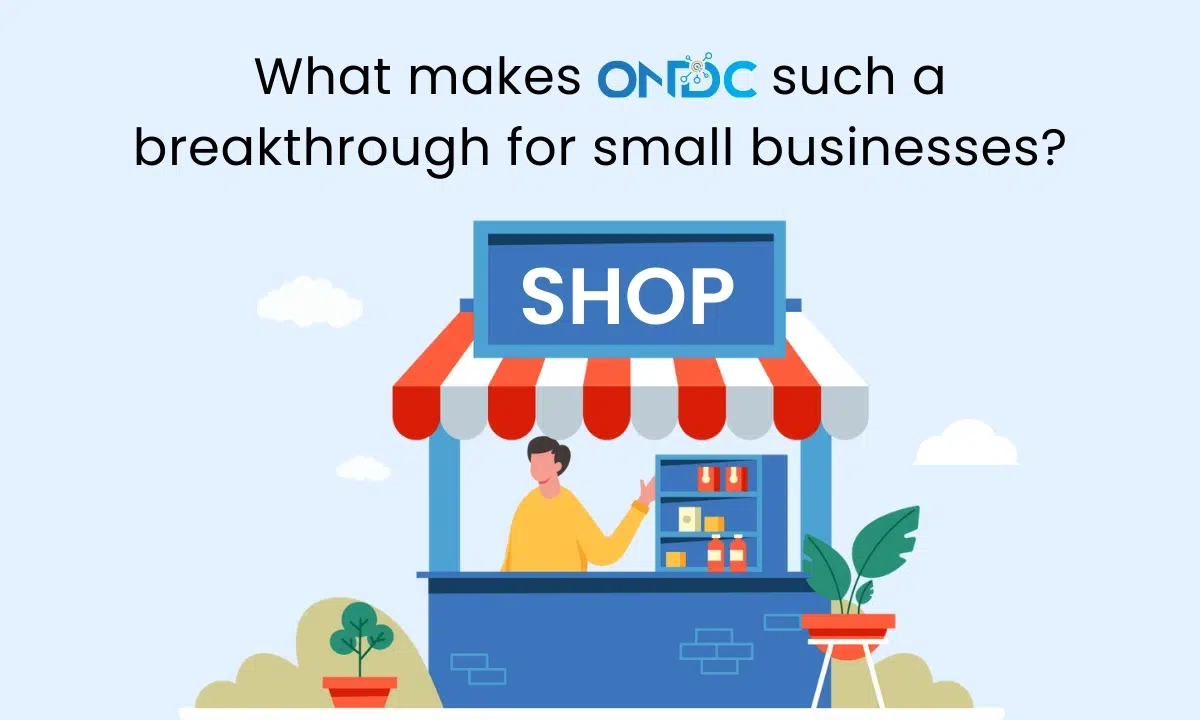Are you familiar with the concept of ONDC?
Even if it’s new to you, I’m certain you’ve engaged in online shopping at some point. So, how does a customer typically go about it?
Firstly, they would select an online shopping site and search for the commodity or service they require. Any products that are offered on that platform that are similar to their search will be shown and the customer will choose a product that satisfies their requirements the best. A wise consumer would also choose to go to different eCommerce sites and compare prices for the same product to get the best deal, right?
Now imagine a platform that shows the same products from several different eCommerce apps on one single platform. There would be no need for you to go back and forth comparing prices.
How is that even possible?
With ONDC, of course.
Elevate Your ONDC Selling Experience with Unizap: Your Streamlined ONDC Network Seller Platform
What is ONDC?
So that brings us to the question, what exactly is ONDC?
Simply put, ONDC stands for Open Network for Digital Commerce which is an ambitious initiative that aims to establish an open and interconnected network that would make the procedure and transactions between shoppers, eCommerce platforms, and retailers much more seamless. They hope to provide a unified interface for the customers where they can shop, explore, compare, and purchase products and services smoothly.
Let’s imagine you want to order food online. With ONDC, you would be able to browse through a wide range of food options offered by different restaurants available on the ONDC platform. All the menus, availability, and prices of the restaurants are all listed on the same platform of ONDC so you are able to make a more informed decision quickly by comparing prices, location, availability, etc.
ONDC was established by the Department for Promotion of Industry and Internal Trade (DPIIT) as a private, non-profit platform with the mission of creating an inclusive eCommerce environment in India. India has one of the biggest markets in the world, with over 1.2 crores of the population earning their living through selling or reselling products or services. And despite this, India barely scratches the global digital commerce market because out of 1.2 crores of sellers, only 15,000 have enabled commerce.
The Indian government wants to boost eCommerce in India to the fullest degree possible since it recognizes that the majority of Indian retailers have not been able to take advantage of digital commerce and therefore hopes that smaller retailers can compete with larger businesses on an equal footing in terms of exposure and reach.
In this blog, we will be discussing the challenges faced by restaurants with online food aggregator platforms. For a comprehensive understanding of ONDC, refer to this informative blog that provides detailed explanations of ONDC’s workings.
Challenges Faced by Restaurants with Online Food Aggregator Platforms:
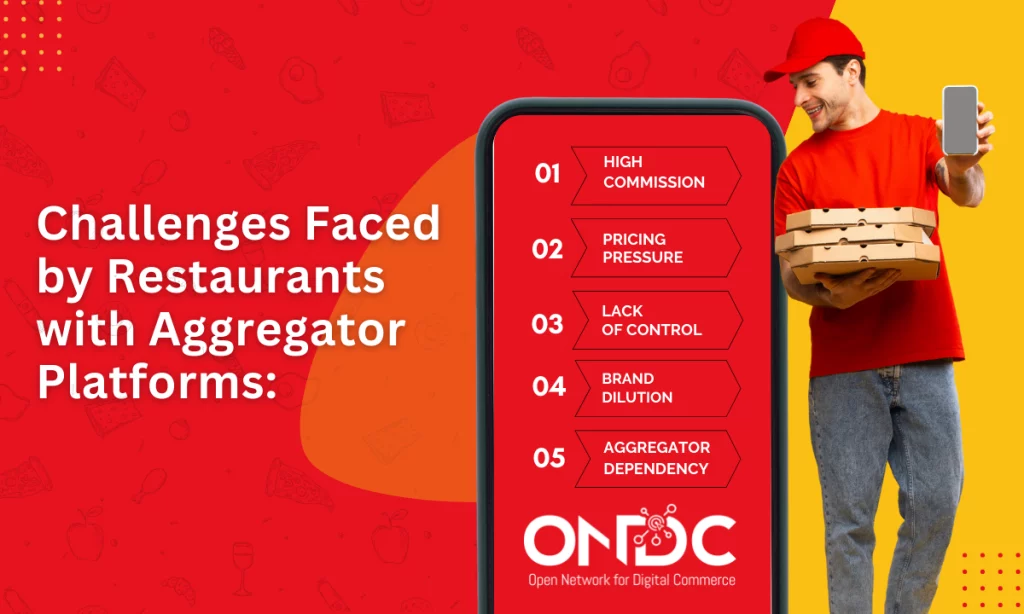
Before we get into how ONDC India makes things easier for restaurants, we need to first understand what problems restaurants face with food delivery aggregators like Swiggy, Zomato, etc in the first place.
1. High Commission Rates
Food aggregators place commission rates on every order placed on their platform. In recent months, online food aggregators in India have been raising their commission rates drastically claiming that it is necessary to cover their expenses. However, these rates, which can range from anywhere from 10% to 30%, cut into a restaurant’s profit margins. These rates affect smaller, independent restaurants more than large restaurant chains because of the average marginal cost being lower for bigger food chains, unlike small restaurants. These restaurants are thus compelled to hike up their food prices, which leads to reduced orders.
2. Pricing pressure
Food aggregators often encourage restaurants to offer discounts or promotional deals to encourage customers to order more from the restaurants from their app or website. While this does increase sales, this creates pricing pressure and reduces the profit margins overall. For independent restaurants, this becomes a dilemma. This is because if they do offer deals and discounts, they lose profit but if they don’t then their customers will shift to restaurants who do, and they lose sales.
3. Lack of control over the customer experience
When customers choose to order through food aggregators, the restaurant loses the chance of having control over the entire dining experience. This is because the responsibility of delivering the food fresh and getting to interact with the customer all falls on the food aggregators instead of the restaurants directly. So any bad experience with the food will indirectly affect the customer’s perception of the restaurant. Any issues with delivery or the food quality can reflect poorly on the restaurant, even if it’s not entirely their fault. The restaurants lose a vital part of their experience in this way, the customer experience. Customer service matters as much as the food itself, so losing control over that means the customers lose out on a major portion of the experience.
4. Brand dilution and loss of customer connection
One prominent issue that restaurants face is that food aggregators often prioritise their brands, that is ghost kitchens or virtual restaurants, over individual restaurants. This can result in a loss of the restaurant’s unique identity and brand recognition, as customers primarily associate the experience with the aggregator platform rather than the restaurant itself. As a result, restaurants may find it challenging to build strong customer connections and loyalty as it becomes difficult for them to distinguish themselves from the competition as they all blend on the platform.
5. Dependency on aggregators for customer acquisition
While it is true that food aggregator apps can bring in additional customers and increase visibility, they also create a dependency on the platform for customer acquisition. Once they start depending on the aggregators, they may need help attracting customers directly or through other marketing channels. They might start thinking that food aggregators bring in all the customers so they might neglect their marketing channels and build their customer base. On an aggregator platform, restaurants have very little control over the marketing strategies and usually just have to depend on the platform’s marketing to get more customers.
Restaurants tend to face a lot more difficulties at the hand of food aggregators, out of which we decided to show only a few major ones.
How ONDC can act as a game changer for restaurants
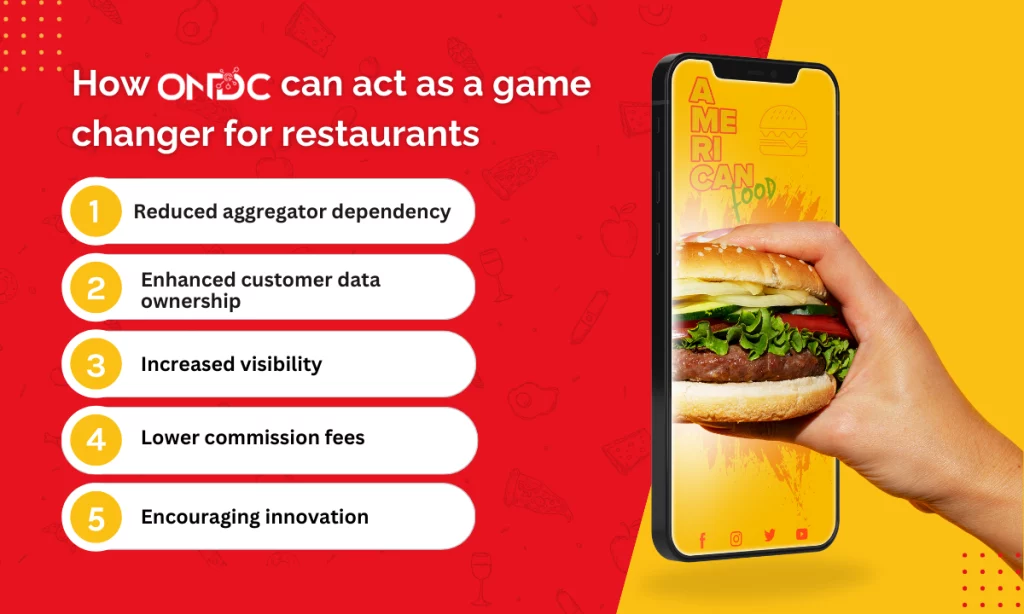
Now that we are aware of the various difficulties and complications restaurants face in the hands of food aggregators, lets us take a peek into how ONDC can seemingly solve a large majority of the problems of the restaurants:
Reduced dependency on aggregators:
We know that traditionally restaurants have been relying on third-party aggregators like Swiggy, and Zomato to accept online orders. Now while these platforms made it easier for us to access restaurants from home, they also presented barriers for the restaurants themselves.
ONDC India aims to create an environment for all retailers, including restaurants, by enabling them to directly integrate with various eCommerce platforms. This implies that restaurants can have a digital presence and accept online orders without relying solely on third-party food aggregators. They can now expand their digital presence to all eCommerce platforms registered on ONDC and not be restricted only to food aggregator apps they can afford to register on. Due to this advantage, if a food aggregator seems to impose higher demands from the restaurants, they may simply choose to leave that platform and still be available to all platforms registered on ONDC.
Enhanced customer data ownership:
One of ONDC India’s key aspects is that it emphasises data privacy and security. This enables restaurants to have more control and ownership over their customer data, that they can use for enhancing and developing their business and marketing strategies. Through the ONDC buyer app, you can build and store their customer database, which may include basic contact details, preferences, and feedback.
This helps them understand customer preferences, and engage in targeted marketing efforts. By utilising customer data effectively, restaurants can create personalised experiences, offer tailored promotions, and build stronger customer relationships. This way it reduces the reliance on third-party aggregators significantly when it comes to customer data.
Increased visibility and reach:
ONDC India aims to provide a unified digital platform connecting retailers with a vast customer base, including restaurants. Restaurants can enhance their visibility and reach a wider audience beyond their physical location by utilizing this platform. By integrating with ONDC India, restaurants now gain access to a wider audience who use the ONDC app for their shopping and dining needs. This platform provides the option for discovering restaurants, browsing through menus, and even tracking their deliveries.
Since one of ONDC India’s aims was to bring the smaller restaurants into the light, therefore ONDC is also used by small and independent restaurants that may not have had the resources to establish a digital presence through food aggregators. This means smaller restaurants now have access to the same large audience as big restaurants on these platforms. It allows them to tap into the growing trend of online food ordering and delivery, potentially increasing sales and customer acquisition.
Lower commission fees:
We have seen that one of the major problems that restaurants face is food aggregators charging a significant percentage of the order value as commission, which cuts into the profit margin of the restaurants. By directly integrating with eCommerce platforms through ONDC India, restaurants can potentially reduce or eliminate the high commission fees typically associated with working with food aggregators.
This works wonders for the profitability of restaurants, especially for smaller establishments that may have struggled with the financial burden of high commissions previously. This direct integration also means that restaurants are now able to exercise more control over their financial arrangements and set their own terms. They could lower commission rates or aim for an alternative fee structure that is more aligned with their business needs. They could also avoid commission altogether by setting up their delivery services. Hence through the ONDC, restaurants can have more control over their finances and freely set their terms.
Encouraging innovation and competition:
ONDC aims to foster a competitive and innovative environment for retailers in the eCommerce space. By encouraging transparency and interoperability, ONDC India is trying to level the eCommerce field and make it equally accessible for large-scale and small-scale restaurants. For restaurants, this means more opportunities to differentiate themselves from the competition. They can experiment with new business models and offer unique value propositions to customers.
This need to distinguish themselves from the competition can drive innovation in the restaurant industry and encourage healthy competition as it drives a positive cycle of improvement. Now this would be good news not only for the industry but also customers. This increased competition and more efficient innovative business models mean higher affordability and quality for the customers.
Conclusion
The Open Network for Digital Commerce (ONDC) India is a groundbreaking initiative by the DPIIT, Government of India, poised to reshape the eCommerce landscape in the country. However, let’s keep in mind that ONDC is still in its infancy, despite all the remarkable benefits we’ve highlighted.
ONDC’s success hinges on widespread adoption, not only by restaurants and eCommerce platforms but also by the public. It requires trust and understanding from all stakeholders, and this trust can be cemented through the use of the ONDC buyer app. Moreover, ONDC is not a solitary endeavour; it’s a collaborative one. It necessitates support from government agencies, industries, technology providers, restaurants, and more to truly thrive.
In conclusion, ONDC holds immense potential to revolutionise the restaurant industry, but its true impact is unfolding gradually. Restaurants have the opportunity to drive positive change and enhance their digital commerce capabilities by embracing ONDC and its guiding principles. The journey is underway, and together, we can shape the future of eCommerce in India!
Elevate Your ONDC Selling Experience with Unizap: Your Streamlined ONDC Network Seller Platform
Unizap powered by Unizap, stands out as one of the early platforms to initiate integration with the Open Network for Digital Commerce (ONDC) as a Seller-side facilitator. Unizap offers a seamless onboarding experience for sellers, bridging them with a vast network of buyers nationwide.
From uploading product catalogues to efficiently fulfilling orders, the entire process is remarkably hassle-free. With Unizap, sellers can kick start their journey on the ONDC Network within just 24 hours, following these straightforward three steps: Register through the portal, upload your product catalogue, and commence your business operations.

